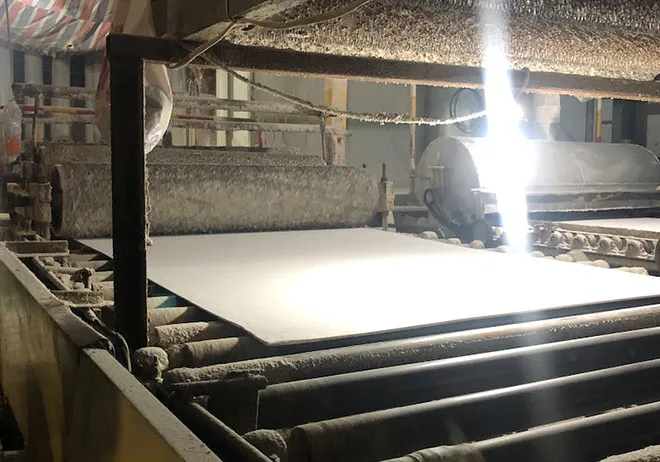Nov . 25, 2024 19:44 Back to list
Suspended Ceiling Tile Grid Installation and Design Ideas for Modern Interiors
Suspended Ceiling Tile Grid An Overview
Suspended ceiling tile grids, often referred to as drop ceilings, are a popular architectural and design choice in commercial and residential spaces. These systems not only provide a polished and professional appearance but also serve numerous functional purposes that enhance the built environment.
A suspended ceiling is a secondary ceiling hung below the main structural ceiling. The grid system typically consists of lightweight metal tracks and strips, which are installed horizontally across the ceiling. These grids create a framework to hold ceiling tiles in place. The tiles themselves can be made of various materials, including mineral fiber, metal, or fiberglass, and are available in a variety of finishes, colors, and textures to suit diverse aesthetic preferences.
One of the primary benefits of a suspended ceiling tile grid is its ability to conceal structural elements of a building. Ductwork, plumbing, electrical wiring, and insulation can be hidden above the grid, maintaining a clean visual presentation in the room below. This aspect is particularly beneficial in commercial settings like offices, restaurants, and hospitals, where a sleek appearance and functional utility are essential.
suspended ceiling tile grid

Moreover, suspended ceilings contribute to sound control and thermal insulation. Many ceiling tiles are designed specifically to absorb sound, reducing noise levels and enhancing acoustic comfort, which is crucial in environments such as schools and conference rooms. Additionally, with the right selection of tiles, suspended ceilings can aid in energy efficiency by improving thermal performance, creating a more comfortable environment while potentially lowering energy costs.
Installation and maintenance are relatively straightforward, adding to the appeal of suspended ceiling systems. The modular nature of the grid and tiles allows for easy access to the void above the ceiling, facilitating maintenance of the building’s infrastructure without the need for extensive construction work. If a tile becomes damaged, it can be replaced individually without affecting the surrounding tiles.
When considering design, suspended ceiling tile grids offer flexibility. They can be customized in size, shape, and layout to complement various room designs, from contemporary to traditional. Lighting fixtures can also be integrated seamlessly into the grid, enhancing both functionality and aesthetics.
In summary, suspended ceiling tile grids are a practical and versatile solution for both commercial and residential spaces. They offer aesthetic appeal while providing essential functions such as sound absorption, thermal insulation, and easy access for maintenance. With their diverse range of material options, they continue to be a popular choice among architects and designers aiming to enhance the overall functionality and look of interior spaces.
-
Durable Ceiling T Grid Systems | Easy InstallationNewsAug.29,2025
-
PVC Gypsum Ceiling: Durable, Laminated Tiles for Modern SpacesNewsAug.28,2025
-
Pvc Gypsum Ceiling Is DurableNewsAug.21,2025
-
Mineral Fiber Board Is DurableNewsAug.21,2025
-
Ceiling Tile Clip Reusable DesignNewsAug.21,2025
-
Ceiling T Grid Modular DesignNewsAug.21,2025







